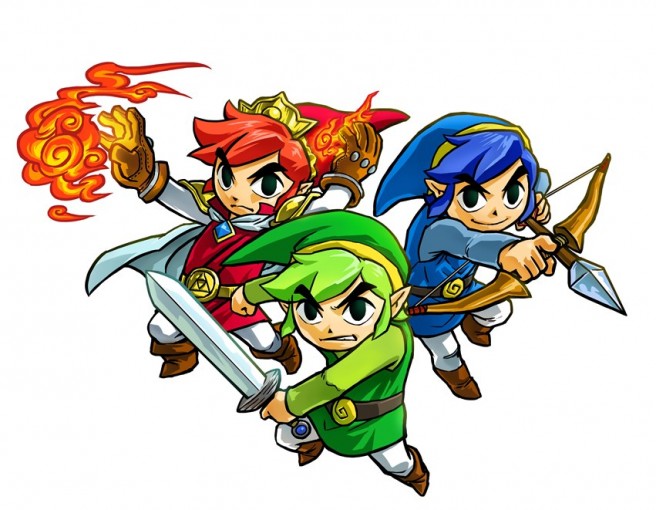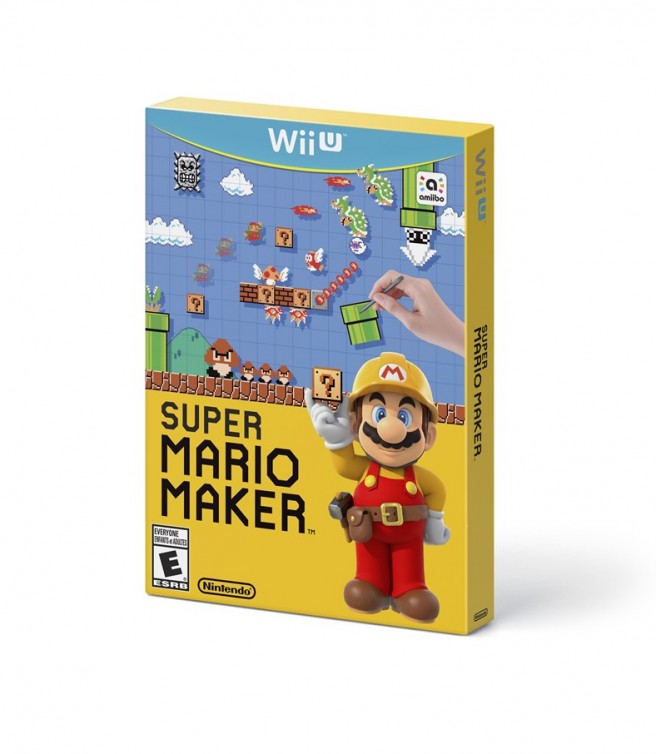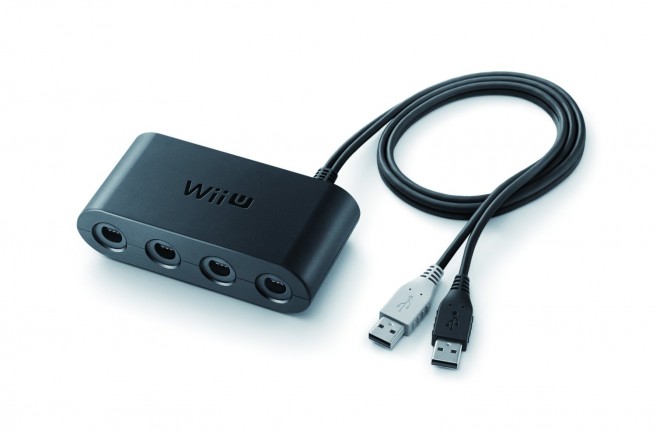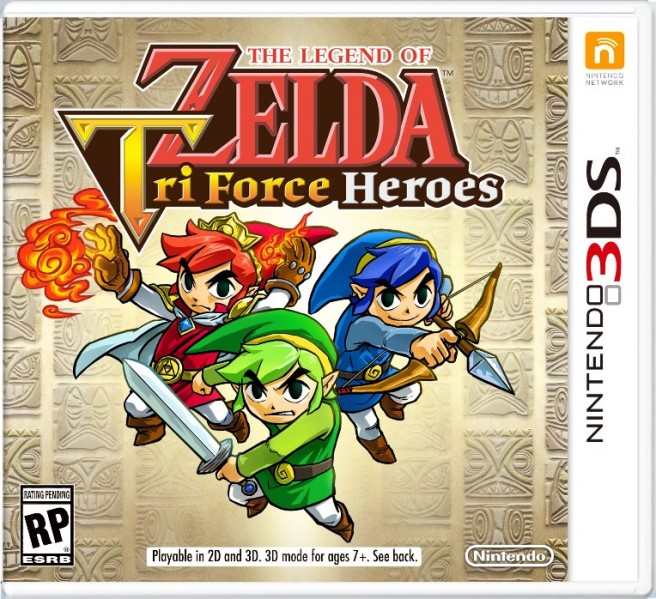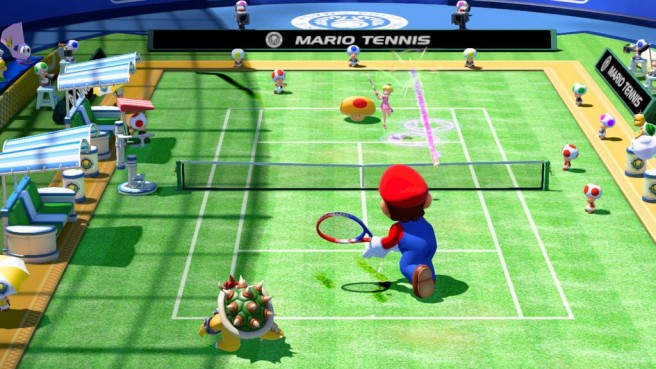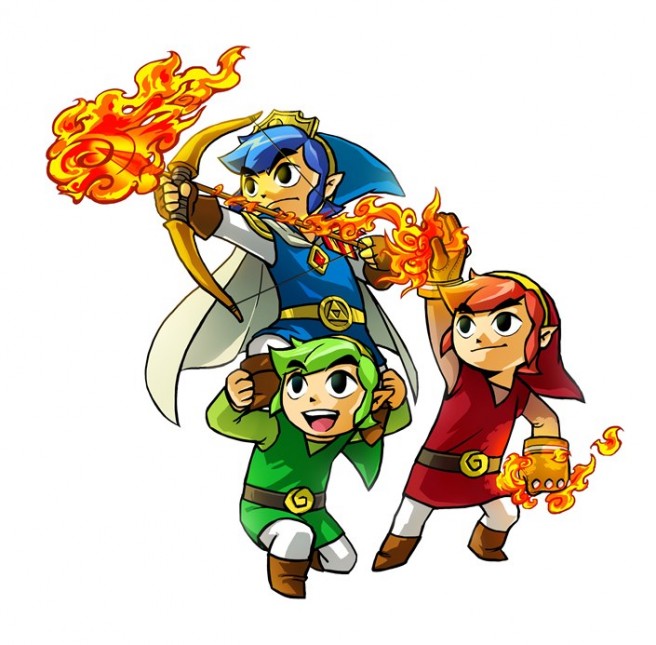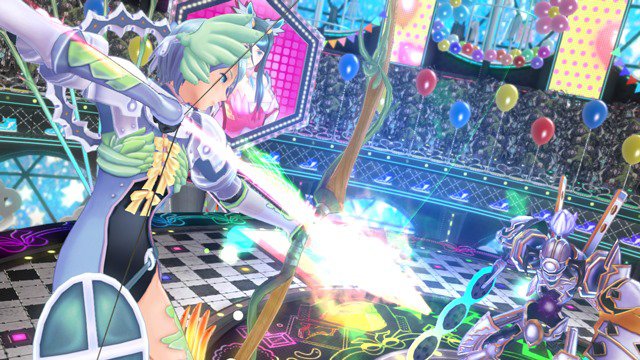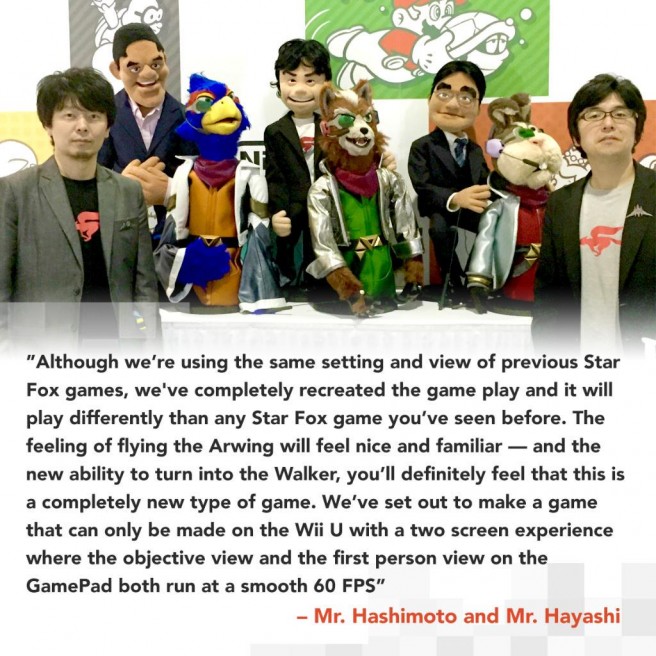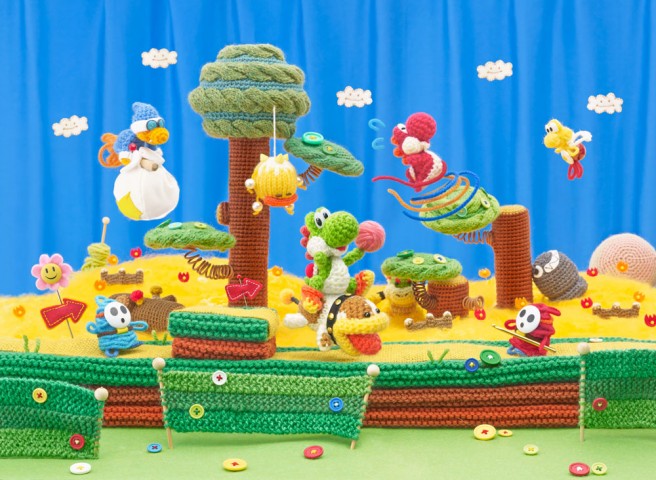Nintendo Treehouse @ E3 2015 – Mario Tennis: Ultra Smash
Posted on 8 years ago by Brian(@NE_Brian) in Videos, Wii U | 0 comments
More: Camelot, Mario Tennis: Ultra Smash
The Legend of Zelda: Tri Force Heroes director discusses Coliseum mode (PVP)
Posted on 8 years ago by Brian(@NE_Brian) in 3DS, News | 0 comments
This information comes from Nintendo director Hiromasa Shikata…
“In the Coliseum, you’re fighting in a limited space. It’s an enclosed environment and items are placed around that you can pick up to increase your chances of winning. In some of the stages, the terrain will transform.”
– Inflict the most damage on your opponent as possible
– Once the time is up, the player that has received the least amount of damage will win that battle
– Collect material to make outfits in Zelda: Tri Force Heroes
– The outfits provide the player with enhanced abilities
– Ex: an enhanced spin attack or bigger bombs
– Shikata said that high-level materials are necessary to make the best gear, but the ones you find in PVP have a distinct advantage
“There are materials that you can only get by competing in the Coliseum. Those material allow you to make clothes that are highly beneficial to competing.”
Super Mario Maker – “Clown Car Chaos!” (direct-feed gameplay)
Posted on 8 years ago by Brian(@NE_Brian) in Videos, Wii U | 0 comments
More: Super Mario Maker
GameCube Controller Adapter for Wii U in stock on Amazon
Posted on 8 years ago by Brian(@NE_Brian) in News, Wii U | 0 comments
Get yours here.
Nintendo Treehouse @ E3 2015 – Zelda: Tri Force Heroes (day 2)
Posted on 8 years ago by Brian(@NE_Brian) in 3DS, Videos | 0 comments
Mario Tennis: Ultra Smash direct-feed footage
Posted on 8 years ago by Brian(@NE_Brian) in Videos, Wii U | 0 comments
Zelda: Tri Force Heroes comes with Challenge and Arena modes
Posted on 8 years ago by Brian(@NE_Brian) in 3DS, News | 0 comments
Zelda: Tri Force Heroes will feature a number of modes. As confirmed through today’s Nintendo Treehouse Live @ E3 segment, both a Challenge mode and Arena mode will be included. Specific details were not shared.
Lots of Shin Megami Tensei X Fire Emblem details
Posted on 8 years ago by Brian(@NE_Brian) in News, Wii U | 3 Comments
This information comes from the Nintendo Treehouse Live @ E3 segment, as transcribed by Siliconera…
- Shin Megami Tensei X Fire Emblem takes place in Tokyo, like a lot of other Atlus games. You’ll see districts like Shibuya and Harajuku that have been modelled after their real-life counterparts, albeit with a few changes made in support of gameplay.
- For example; the real Shibuya is a fairly large district but has been made a little more compact in Shin Megami Tensei X Fire Emblem. Meanwhile, Harajuku in real life has narrow streets, but they’ve been widened in the game. Atlus staff had to wake up early in the morning so that they could take reference photos of different areas around Tokyo while people weren’t up and about.
- The way the city looks changes based on events in the game. For example, once Tsubasa has made her debut as a performer, the posters around the city will change to reflect that, and you’ll hear her song playing in convenience stores and the like.
- Aside from the Mirages and Mirage Masters, there are lots of other little references to both the Shin Megami Tensei and Fire Emblem franchises. For example, there’s a Hee-Ho Mart in Shibuya, which is a convenience store. This store is run by a shopkeeper named Shio who looks like Anna from the Fire Emblem games.
- “Performa” is one of the game’s core aspects. It is described as people’s creative energy. Mirages are attracted to Performa and suck it out of people (the evil ones do, anyway). At some point in the game, Tsubasa’s Performa awakens when she watches a concert by Kiria, and it spurs her on to pursue her own dreams of performing.
- While everyone has Performa, Mirage Masters are people with extraordinary Performa. They can also see each other’s Performa awakening, as well as when it is being sucked out of somebody, but common people can’t.
- Shin Megami Tensei X Fire Emblem places a great deal of importance on music. All of the songs within the game are being written and producer by actual Japanese songwriters that producer popular songs in Japan, so they aren’t the kind of songs you typically hear in anime. In addition, every voice actor and actress within the game has to sing their character’s songs. This was described as a “real localization challenge”.
- There are dialogue choices within the game, but how these affect events has not been revealed yet. One choice is when Tsubasa’s Performa awakens, you can either encourage her to pursue her dreams or tell her you don’t think she’s cut out to be a performer.
- Once you’re in a dungeon, aggro works just like it does in Shin Megami Tensei IV and the recent Persona games. Enemies will spot you and begin making their way toward you. If you can hit them with your weapon before they make contact, you’ll stun them, and this will give you an advantage at the start of the battle.
- Every dungeon within the game has its own gimmicks and themes. For example; the dungeon shown off during the livestream was modelled after the 109 building in Shibuya and was themed around fashion. Other dungeons will have other gimmicks. The giant maid costume statue you see above was part of one such puzzle.
- Once you get into battles, the battle system contains traces of both Shin Megami Tensei and Fire Emblem. The weapon triangle from Fire Emblem is supposedly in the game, and so is the focus on exploiting enemy weaknesses from Shin Megami Tensei.
- If you target an enemy with an attack they’re weak to, the game will let you know with a green exclamation mark, just like in Shin Megami Tensei. You won’t know the enemy’s weakness right away, though—you’ll have to learn enemy weaknesses by engaging them and hitting them with an attack they’re weak, too, which is again similar to how Shin Megami Tensei works.
- Characters can have Dual Arts attacks together, for which they pair up. These become available as the bond between two characters strengthens, and we assume the dialogue options play a role in this. Also, depending on the two characters in question, the Dual Arts look different. For example, Tsubasa and Eleonora have an attack where they’re singing together, while Toma and another female character share somewhat of a rivalry with each other, so their Dual Art consists of them trying to outdo each other.
- Fire Emblem levelling up music plays when your characters level up.
- The enemy you see above is a boss based on Gangrel from Fire Emblem: Awakening. He’s a Mirage that has taken possession of a fashion photographer, and you’ll battle him to free said photographer at some point in the game.
- The Wii U GamePad serves as your cellphone in Shin Megami Tensei X Fire Emblem. You’ll get messages from your friends, asking where you are and what you’re up to. You’ll be able to contact them using your phone, and there are dialogue options within the text messages as well.
Source

